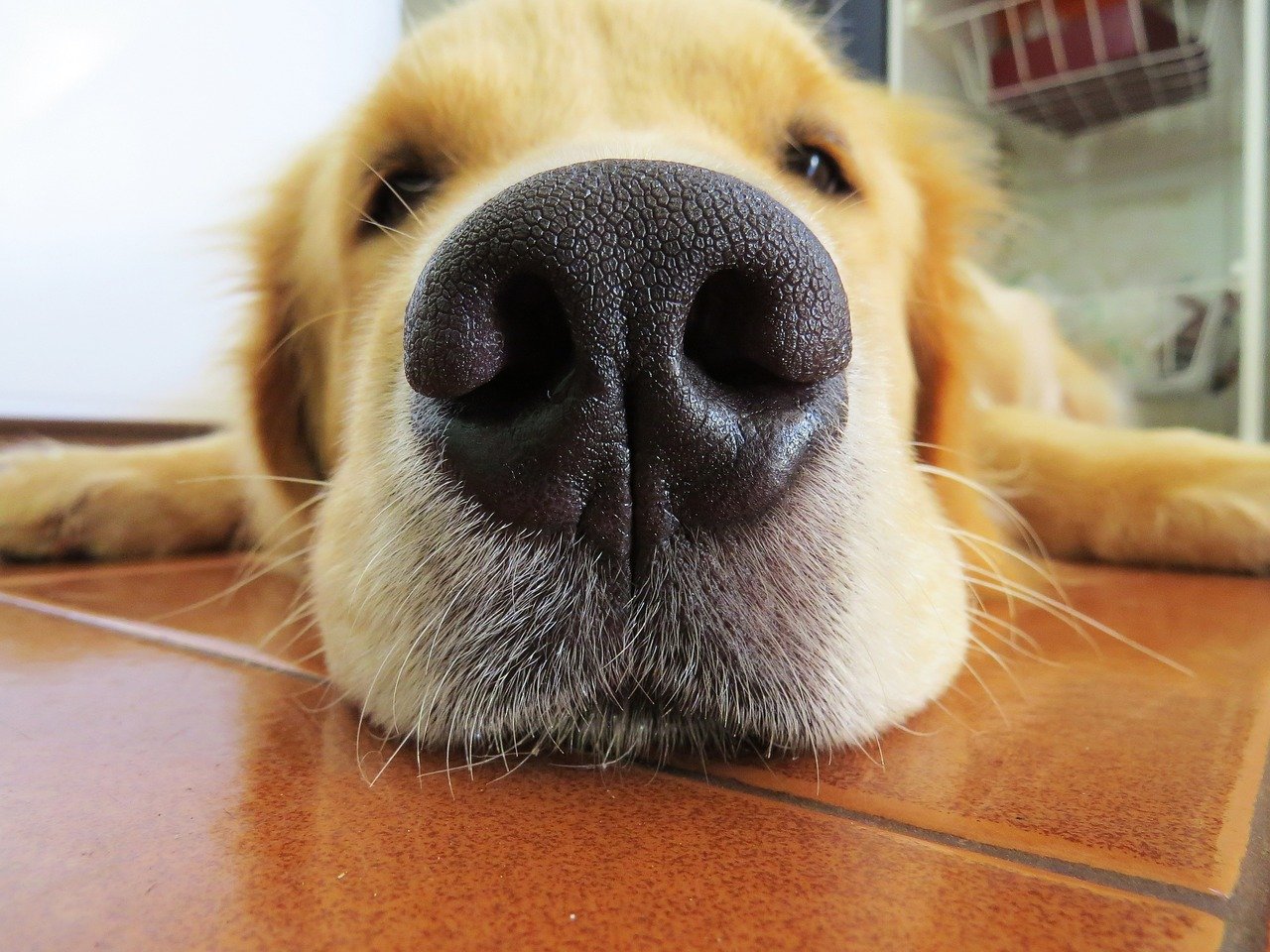What I Learned in Puppy Class that Defines Career Success – Teaching Style
A few months ago, my wife and I became the proud parents of our second Golden Retriever, Henry. He is the current CEO of Fiore Group Training. Although I suspect his dreams of grandeur surpass FGT. We waited a year after having lost our first Golden named Jason, who also was the CEO.
We wanted to do it right, so we quickly enrolled Henry into puppy training classes. In the past three months, we have attended 10 classes and had two different trainers. Both trainers led 5 of the 10 classes. You see, Henry, or perhaps his parents, needed to go round two with puppy training since we didn’t quite pass the first round.
The two trainers were entirely different people with different teaching styles. They trained in the same facility with the same curriculum, but what a different experience we had with both of them! Their passion for their work with canines was clear and obvious, but their training style, their energy, and attitude were unique to each. But their communication skills were very different.
It had a very different impact on the humans in the class, and let’s face it, the training is mainly to teach the humans how to behave!
How Managers and Supervisors Succeed and Fail
Naturally, it got me thinking about workplaces and the impact that different styles, energy, attitudes, and communications skills have on humans.
Over the next couple of weeks, I will break down some of the things I learned watching these leaders lead the pack – of dogs and humans. Trust me; you won’t need to be a dog owner to understand the point.
Let’s call them Trainer A and Trainer B.
You Never Get a Second Chance With That First Impression
Forbes tells us that we have a mere seven seconds to make a first impression on someone. I can attest to the seven seconds. We picked up an impression of both trainers before they finished two sentences.
We were a few minutes late for our first class with Trainer A. (Bad Humans). We had trouble finding parking and missed the clock by 2 minutes. We should have given ourselves more time, and the responsibility was entirely ours.
Trainer A acknowledged our arrival into the group class (with 5 other dogs and owners, all socially distanced and masked) by loudly chastising us in front of the others. Of course, we knew no one in the class. There was no opportunity for an explanation. We were labeled “tardy people.” Trainer A sounded annoyed (an emotion that I can understand, as a professional trainer myself) and communicated publicly.
Public Criticism – Teaching Style A
Have you ever had a boss who criticized you in front of your peers? You don’t have to think back too hard, do you? Some of us had our fill of it in school or even with our parents. We, humans, are a fragile bunch at times. A person in charge has a massive opportunity to use that platform of authority in ways that have an enormous effect on us.
We were not late again to another Trainer A class! So, her reprimand did achieve the intended effect. However, we were full of angst at not wanting to repeat the first experience. So much so, in fact, it diminished the other important things we needed to learn for Henry’s sake. We were too focused on not doing anything to create a public shaming repeat.
The lasting lesson from Day 1 of this puppy training. “Don’t be late or else….”
The Three-Ring Binder
We were given a three-ring binder of dog training lessons and the curriculum behind each lesson. Trainer A often changed the curriculum, however, and didn’t tell us why. So when we are on our own – do we follow the 3 Ring or Trainer A? To this day, neither my wife, Henry or I can be completely sure.
There was little consistency in the lesson experience. We did sign up for six classes, and each dog and its owner could do the same at any time. This meant everyone was at a different stage in every class. I am sure you can imagine how each week created confusion of its own.
Trainer B – First-Class – Teaching Style B
Trainer B emailed instructions ahead of the first-class regarding the need for parking time. She met every single dog and owner outside the facility to welcome them to the class and tick our names off on an attendance list. She made sure that each person was masked and used the sanitizer that she sprayed on each hand as they passed her.
Trainer B did this each time and on each occasion. She demonstrated the same positive energy and communicated to each person (and their dogs) each week that she was genuinely excited to see them. As a result, we looked forward to attending class. No angst at all. A very different teaching style.
Trainer B also appeared to have memorized every dogs’ name and breed. She was instantly aware of who Henry was and knew his parent’s names as well. Karen and Phil were impressed.
Every person’s first names were used continually by Trainer B (remember what Dale Carnegie said about people’s first names?). Even on days when a parent and their pup might have shown up late, there was no public show of annoyance or demonstration of frustration. Six dogs in the class, with a set of parents. It’s a lot of names. And she knew us.
The lasting lesson from Day 1 of this puppy training. “I love my name…”
After Class Follow Up
Shortly after we arrived home following each class, an email arrived with a recap of the lessons that she had covered. This happened every week for 5 weeks.
She chose to have all parents start the course and finish at the same time. We developed a friendship and a sense of camaraderie within the group. Of course, we couldn’t do that with Trainer A’s class where there were different people every week.
How Do You Help Your People Learn to Do Well?
A quick recap of lessons that apply to supervisors, managers, and other leaders, not just puppy classes:
- First impressions count: you have 7 seconds
- Be consistent with your messaging: inconsistency creates confusion
- Be enthusiastic when meeting people – help people see they are important to you
- Use people’s first names: humans like and appreciate it
- Plan things out in advance: don’t wing it each time.
More canine to human lessons for you next week.
Wait……..”Good Henry!” And Trainer B gets an “A.”






